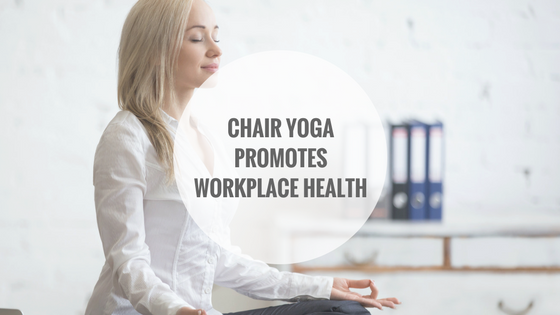What is your impression of work-life balance? A lot of people find it a completely unrealistic goal that is impossible to achieve. Many people find life demands are simply keeping them too busy to take time to relax. As we talked about in a previous episode, stress can cause heart disease, stroke, high blood pressure, and immunity issues. Statistics Canada says that 1 in 4 adults reported high stress in 2013, and high stress means that your mental and physical health are declining.
The good news is that this is preventable. For a lot of people, their expectation of work-life balance is NOT realistic. You can’t expect to go to the gym 7 days a week, get 8 hours of sleep every night, meet every work deadline, and have the time to home-cook every meal. A common misconception of work-life balance is that it needs to happen every day, and that simply isn’t realistic. A more realistic goal may be to try to have a balanced week or month of work and leisure; it doesn’t need to happen all in one day.
We also need to change the way we think about work; instead of work-life balance we’ll be using the term stress-life balance. People that are unemployed by choice, students, and caregivers still experience stress-life balance, so we can’t attribute all stress to work even though it’s a common stressor for many.
One of the strategies OT’s use to make stress-life balance possible is to set SMART goals. A good goal should be:
- Specific
- Measureable
- Achievable
- Realistic
- Time-bound
First, figure out what stresses you. This may seem simple, but get really specific. Does your job stress you out? What ABOUT your job stresses you out? When do your kids stress you out most? Make a list of what can be changed, and what can’t. Don’t say that nothing can be changed!
Next, understand what helps you de-stress. This is different for everyone. Some people need passive or relaxing leisure where they can shut their brains off; common examples of passive leisure are watching television, yoga, or going to the theatre. Some people need active leisure to de-stress, like going for a run, socializing with friends, or reading a favourite book.
Lastly, make a plan for how you can integrate more of those de-stressors into your life on a weekly or monthly basis. Also make a plan for how to reduce your stressors. Make sure this plan is a SMART plan, and you should be on your way to improving your mental and physical health. Occupational therapists know the evidence behind de-stressing, and which activities give you the most bang for your buck when you’re low on time.







